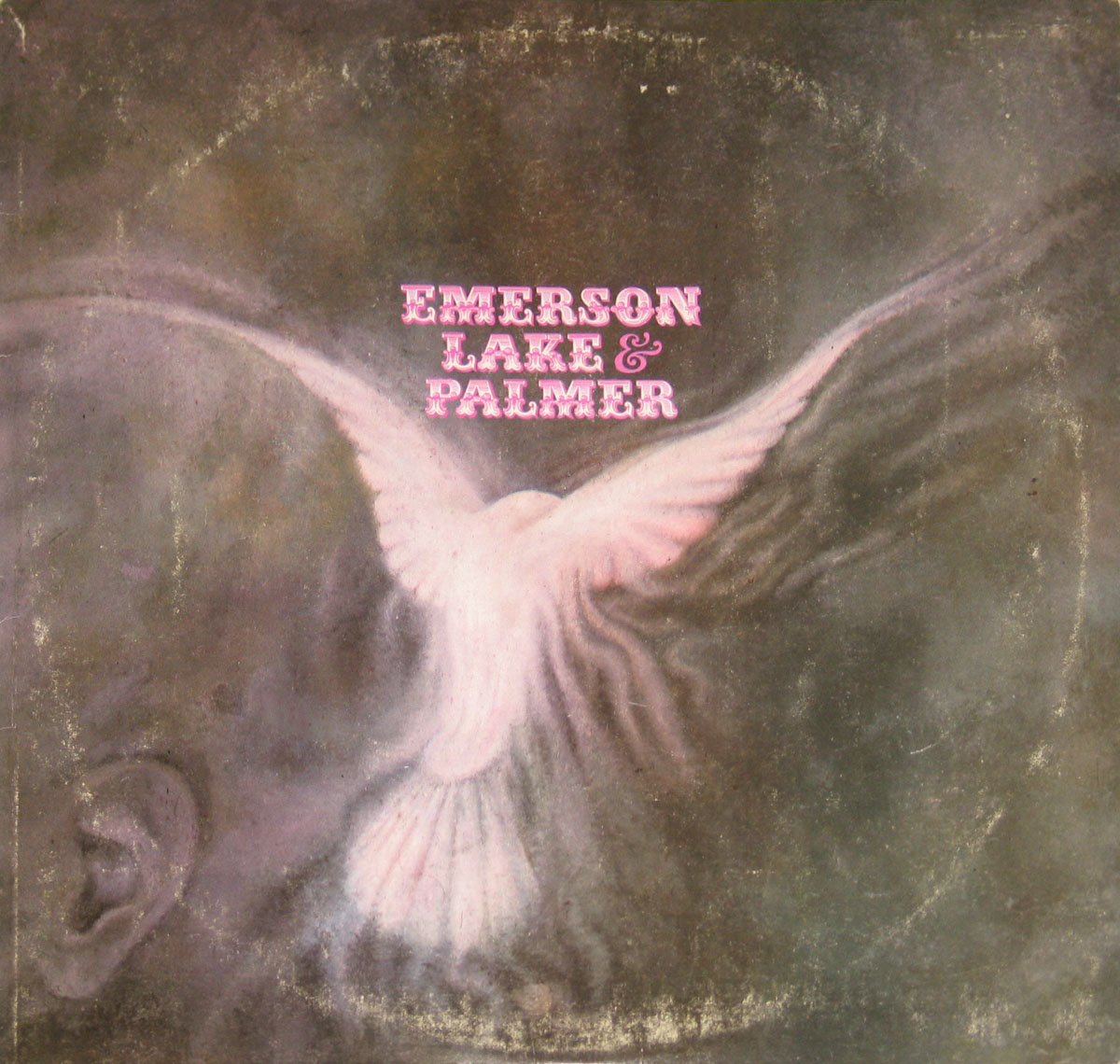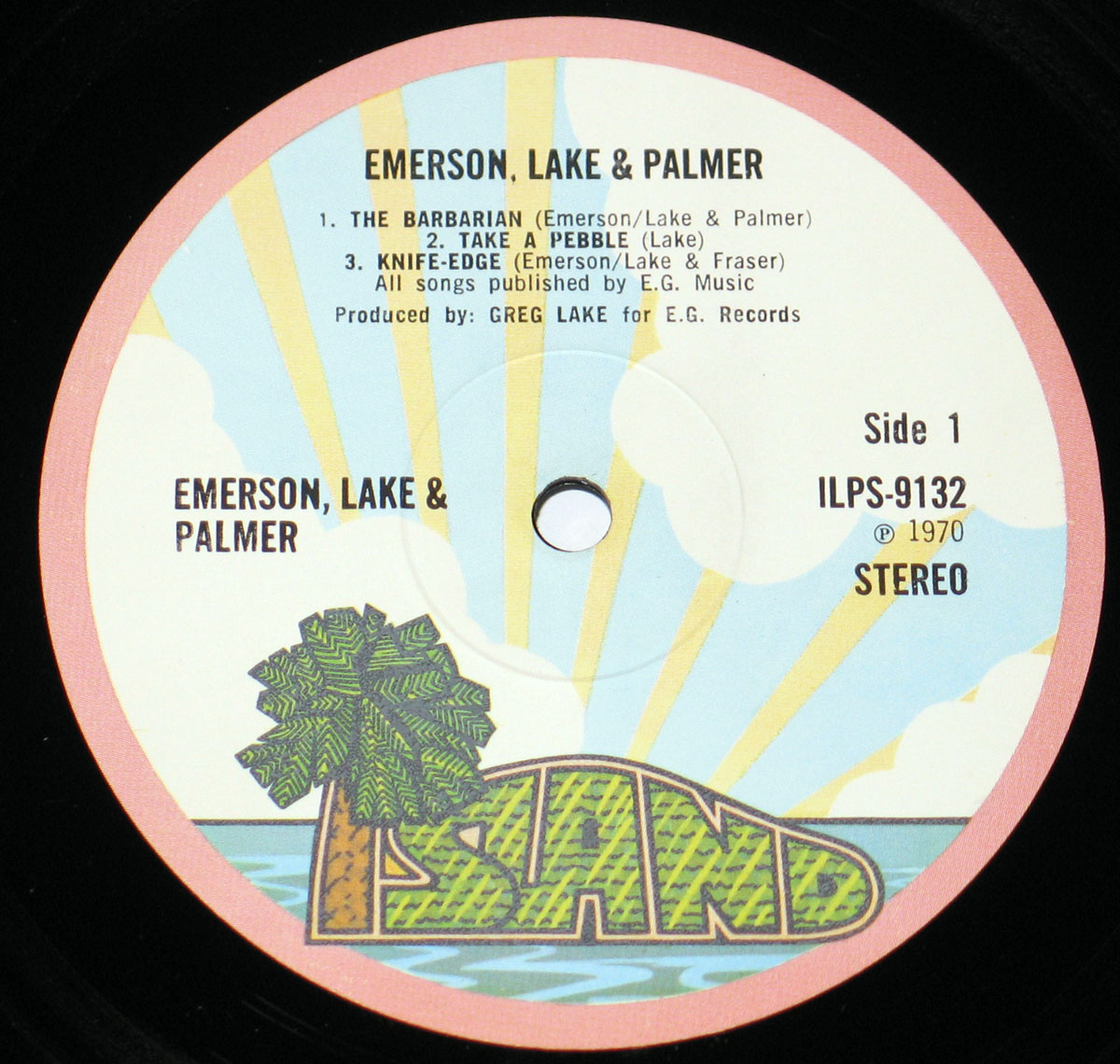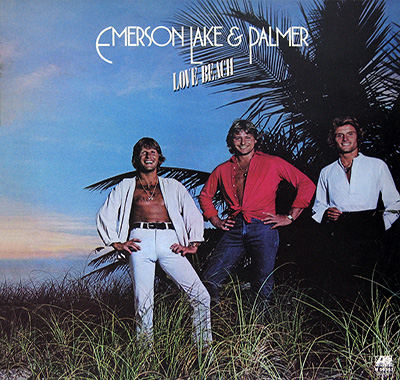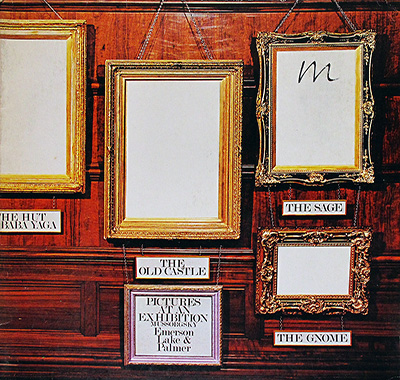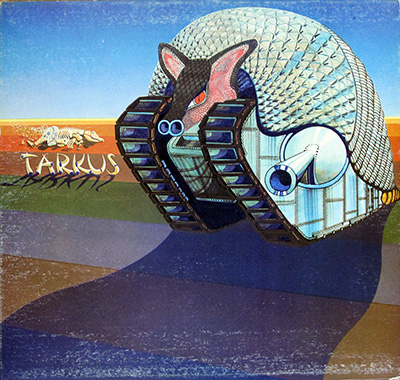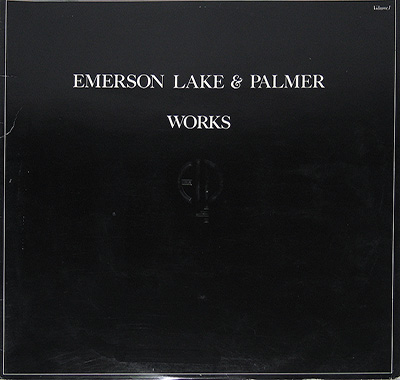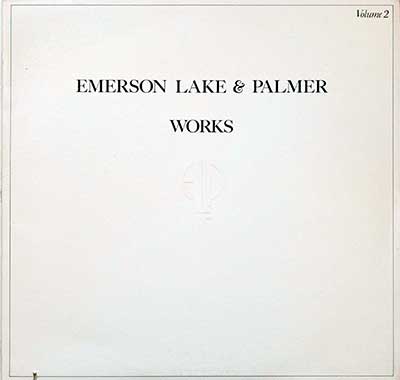The year is 1970. Nixon's paranoia hangs heavy in the air, the Vietnam War rages on, and the counterculture is fragmenting into a thousand shards. In the midst of this chaos, three virtuosos from the dying embers of the British blues scene converge to unleash a beast upon an unsuspecting world. Emerson, Lake & Palmer – a name that would soon become synonymous with bombast, excess, and the unbridled power of progressive rock.
Their self-titled debut album is a sonic colossus, an unholy union of classical grandeur, rock 'n' roll energy, and unhinged experimentalism. It's a record that divides listeners with the force of a musical atom bomb. You either surrender to its overwhelming power or recoil in horror from its sheer audacity.
Let's start with the historical context. ELP emerged from the ashes of The Nice, King Crimson, and Atomic Rooster – bands that had already pushed the boundaries of rock music into uncharted territories. But ELP took it further, fusing their classical training with a raw, visceral energy that was both exhilarating and terrifying.
At the helm was Keith Emerson, a keyboard wizard whose fingers flew across the keys with the speed and precision of a laser beam. His Hammond organ solos were like volcanic eruptions, spewing forth torrents of sound that could melt your face off. Greg Lake, the band's vocalist and bassist, possessed a voice that could soar to operatic heights or growl with the menace of a wounded animal. And then there was Carl Palmer, a drumming dynamo whose polyrhythmic patterns were like a whirlwind of percussive fury.
Together, they created a sound that was both intricate and explosive, a tapestry of complex time signatures, soaring melodies, and thunderous rhythms. The album opens with the epic "The Barbarian," a 13-minute odyssey that careens through a dizzying array of musical styles, from delicate acoustic passages to bone-crushing rock riffs. It's a statement of intent, a declaration that ELP were not here to play by anyone's rules.
The rest of the album is a wild ride through a musical landscape that is by turns breathtaking and bewildering. "Take a Pebble" is a tender ballad that showcases Lake's soulful vocals, while "Knife-Edge" is a manic instrumental that sounds like a runaway train hurtling towards a cliff. The album's centerpiece is the sprawling "Tarkus," a 20-minute suite that tells the story of an armadillo-tank hybrid that wages war on humanity. It's a bizarre and compelling piece of music, a testament to the band's boundless imagination. The song would later become a fan favorite and a staple of their live shows, with Emerson's virtuosic keyboard playing and Palmer's relentless drumming driving the piece forward.
Of course, ELP's debut wasn't without its controversies. Critics accused them of being pretentious, overblown, and self-indulgent. Some even labeled them as "classical music for morons." But for their fans, ELP were heroes, musical pioneers who dared to push the boundaries of what was possible in rock music. The album's cover art, depicting a clenched fist emerging from a keyboard, became an iconic symbol of the band's power and ambition.
The album was recorded at Advision Studios in London, with Greg Lake himself taking on the role of producer. The band's relentless pursuit of sonic perfection led to numerous clashes with the studio engineers, who struggled to keep up with their demands. But in the end, ELP got the sound they wanted, a massive wall of sound that could shake the foundations of any concert hall. The use of cutting-edge studio technology, such as multi-tracking and sound effects, allowed them to create a sonic landscape that was both rich and expansive.
